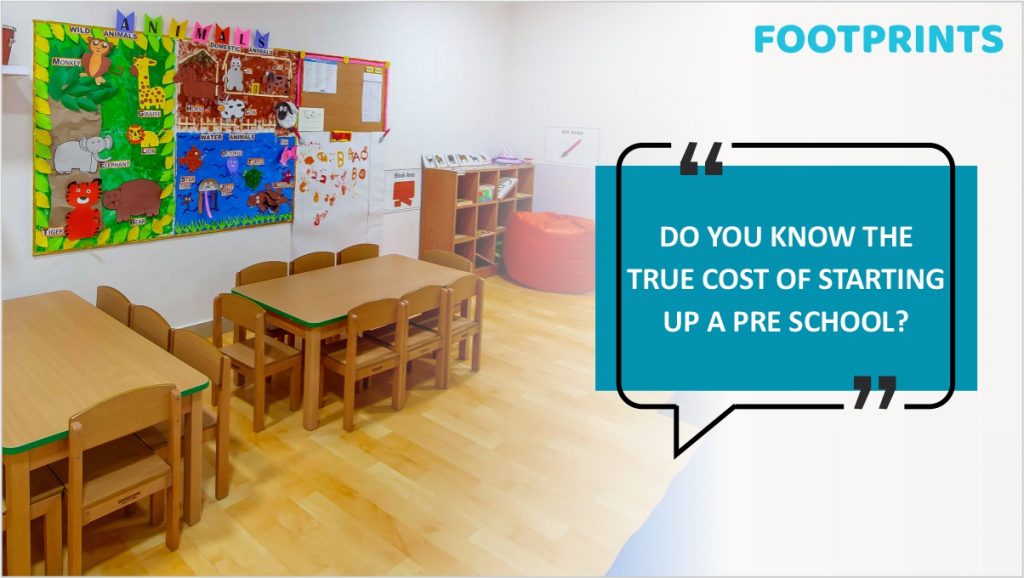

Starting a pre school involves a lot of planning and hard work. There is the right location to be found, decorating the interiors to create a safe and fun environment for the children, hiring and training the teaching staff, developing the teaching curriculum, and finally marketing the preschool. Little surprise then that most people prefer the franchising model since it provides you with a readymade framework and mitigates some of the risks associated with starting a preschool from scratch.
Even after doing thorough due diligence, going through the required checklist, and budgeting for all anticipated costs, ever so often you are likely to come across expenses that you had neither anticipated nor budgeted for. It is a possibility that in a bid to show low investment costs on paper, a franchisor may not put some costs upfront on the business plan. These hidden costs, in turn, can derail even the most meticulous business plan.
Here is a ready reckoner for costs that are typically missed and that you must look for and budget:
Startup Costs
Every so often, franchisors do not budget for costs such as rental deposits, air conditioning, flooring, and other such costs that are not specific to the school project. Having discovered these non-negotiable costs while actually setting up the school can severely impact your financials. Remember to go through the business plan with a fine tooth comb to ensure no basic costs have been left out.

First-year Operating Losses
Another aspect that does not find a place in franchisor business plans is making a provision for losses incurred in the first year. Despite a high decibel marketing plan, no pre school is occupied to breakeven capacity on day 1. Admissions build up over a period of time as walk-ins and conversions are staggered. The gestation period differs based on many factors including location, the franchisor brand, etc. but the fact is unless you have provided a sufficient buffer to account for at least 12 months of running losses, you might find yourself financially in trouble.
Attrition
While most pre school owners are not known to track the attrition figures closely, attrition is a reality when it comes to starting a pre school business. Not only is there attrition YOY on kids joining the formal school, but attrition can also result from factors such as parent relocation and transfers. This means that you need a robust pipeline of applications to ensure that incoming preschoolers can replace the revenue loss from the outgoing ones, which is not always possible.
Replacement Cost
Another hidden cost is in terms of replacing or mending furniture, equipment, and toys that are no longer safe for children to use. While this may seem small initially, infrastructure-related expenses are likely to go up as years of operation increase.

Any preschool business plan which is able to factor in these hidden costs and provide a sufficient buffer to provide for financial emergencies is more than likely to succeed in its endeavor to provide quality education to young minds.

Purvesh is a multidimensional leader at Footprints Childcare. As a TED speaker and IIT-Delhi alumnus, his passion for education is fueled by his experiences as a certified life coach and parent. He goes beyond traditional parent engagement activities, creating meaningful connections through insightful parenting workshops and open communication channels. Purvesh’s commitment to empowering parents, teachers, and students is the foundation of everything we do at Footprints. What motivates Purvesh? As a parent himself, the challenges his son faces in the educational system are the driving force for him.

